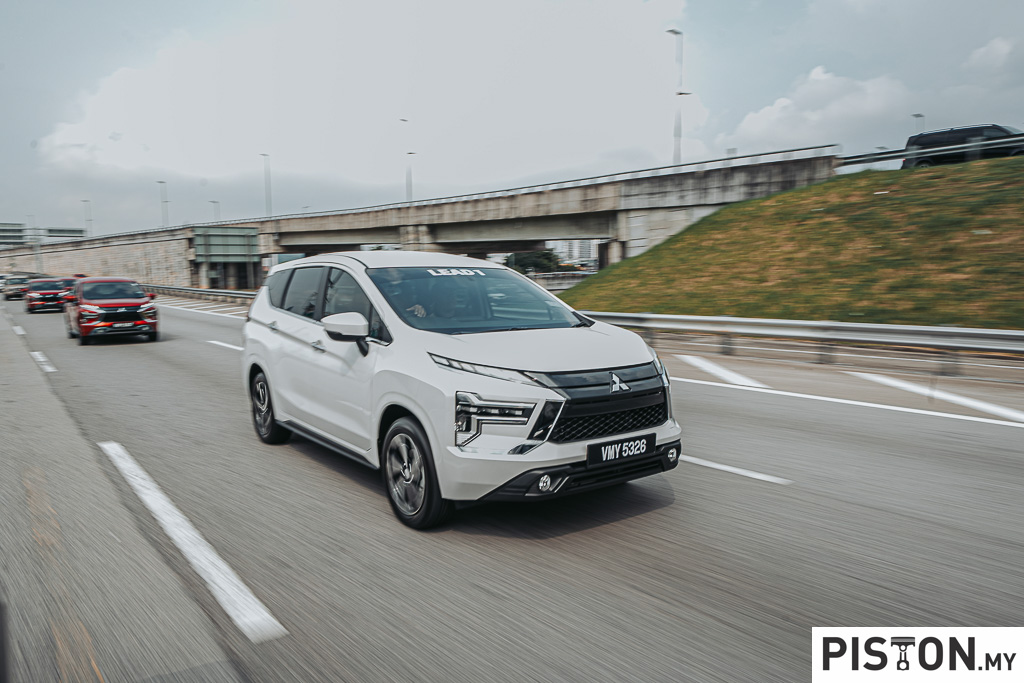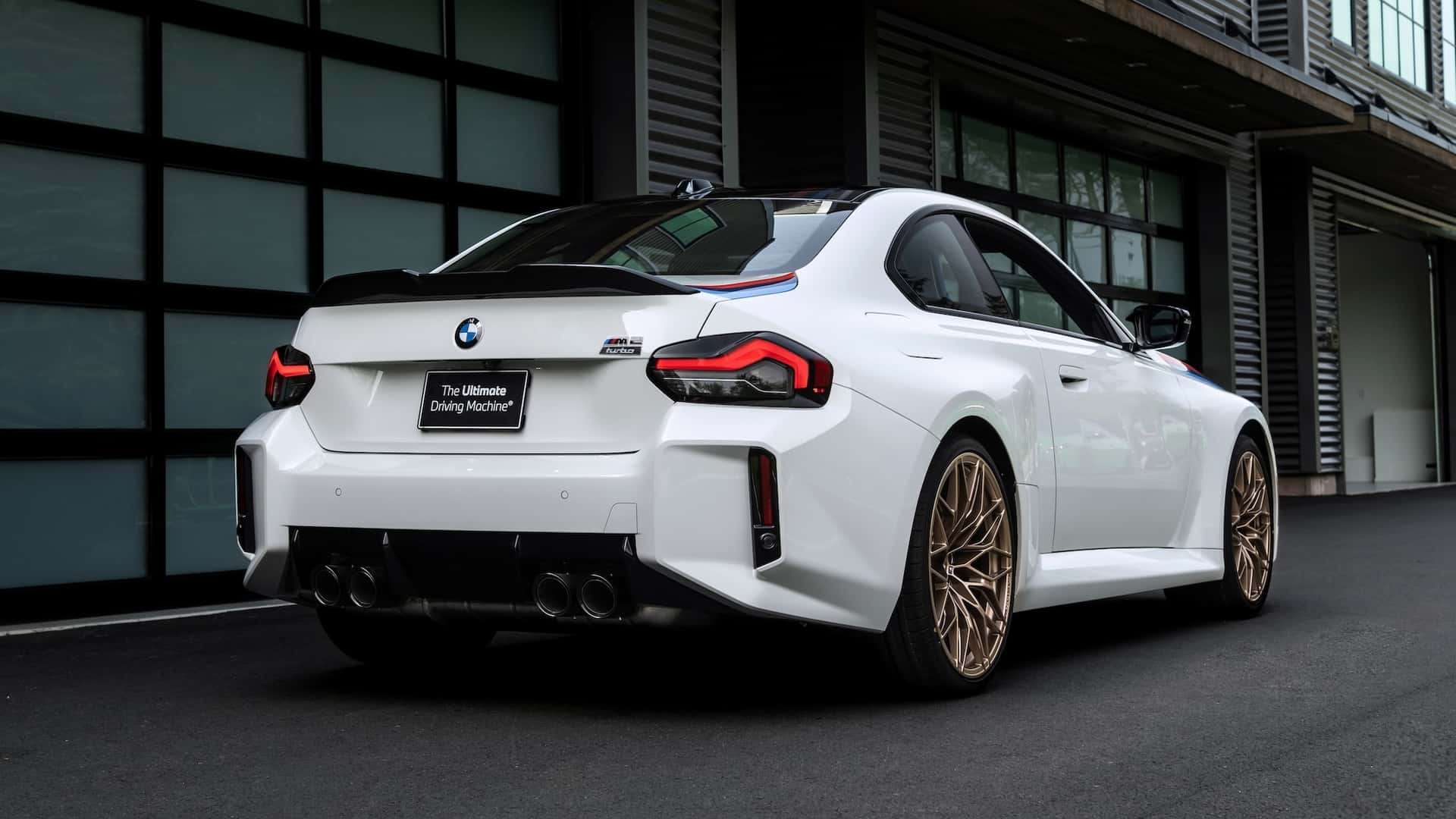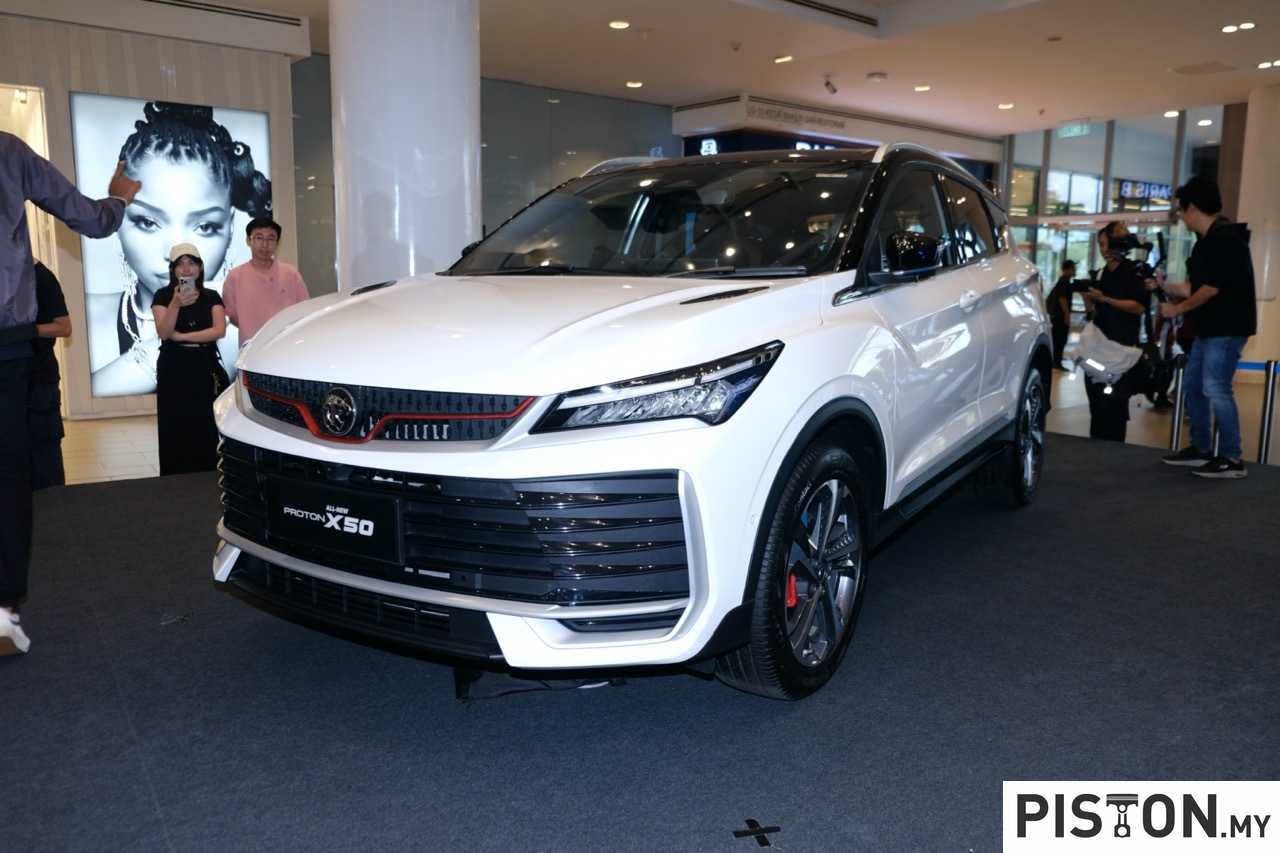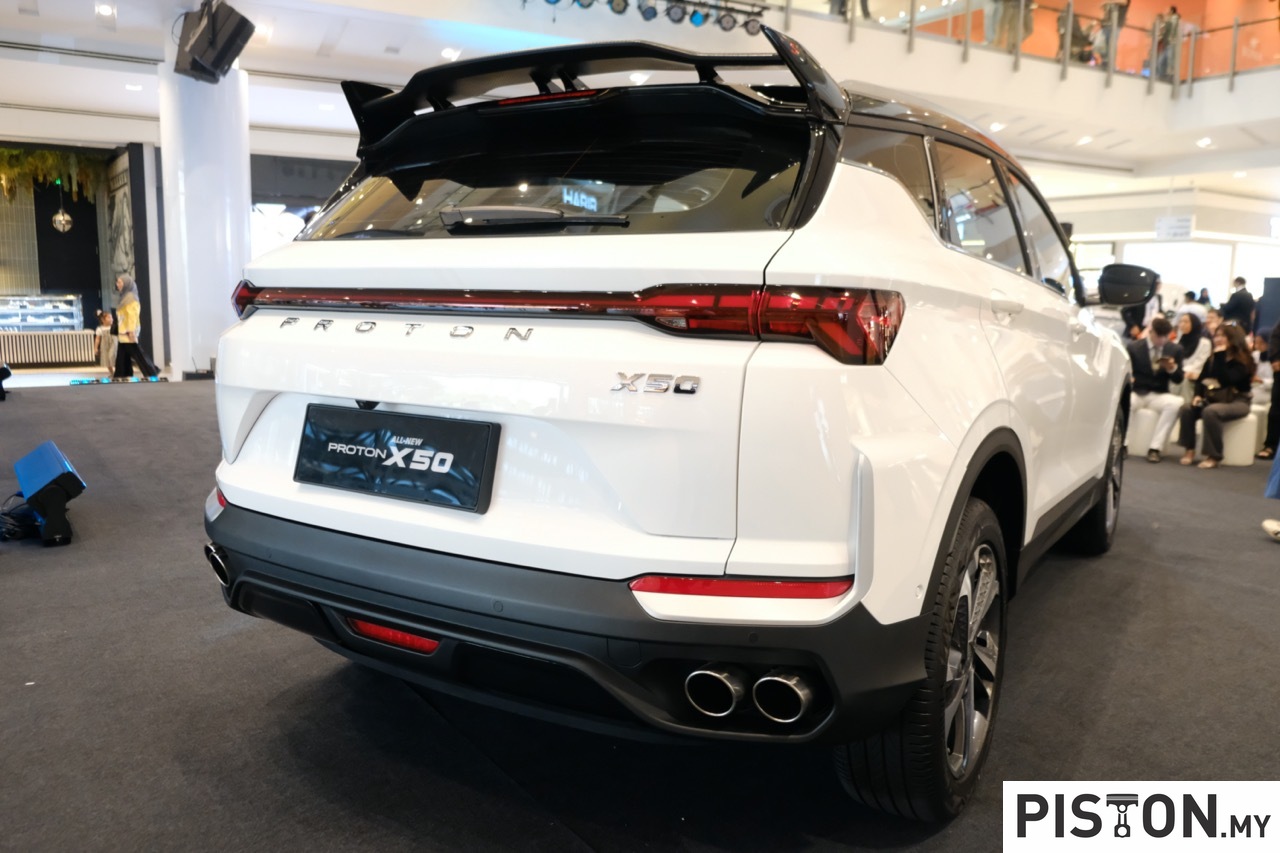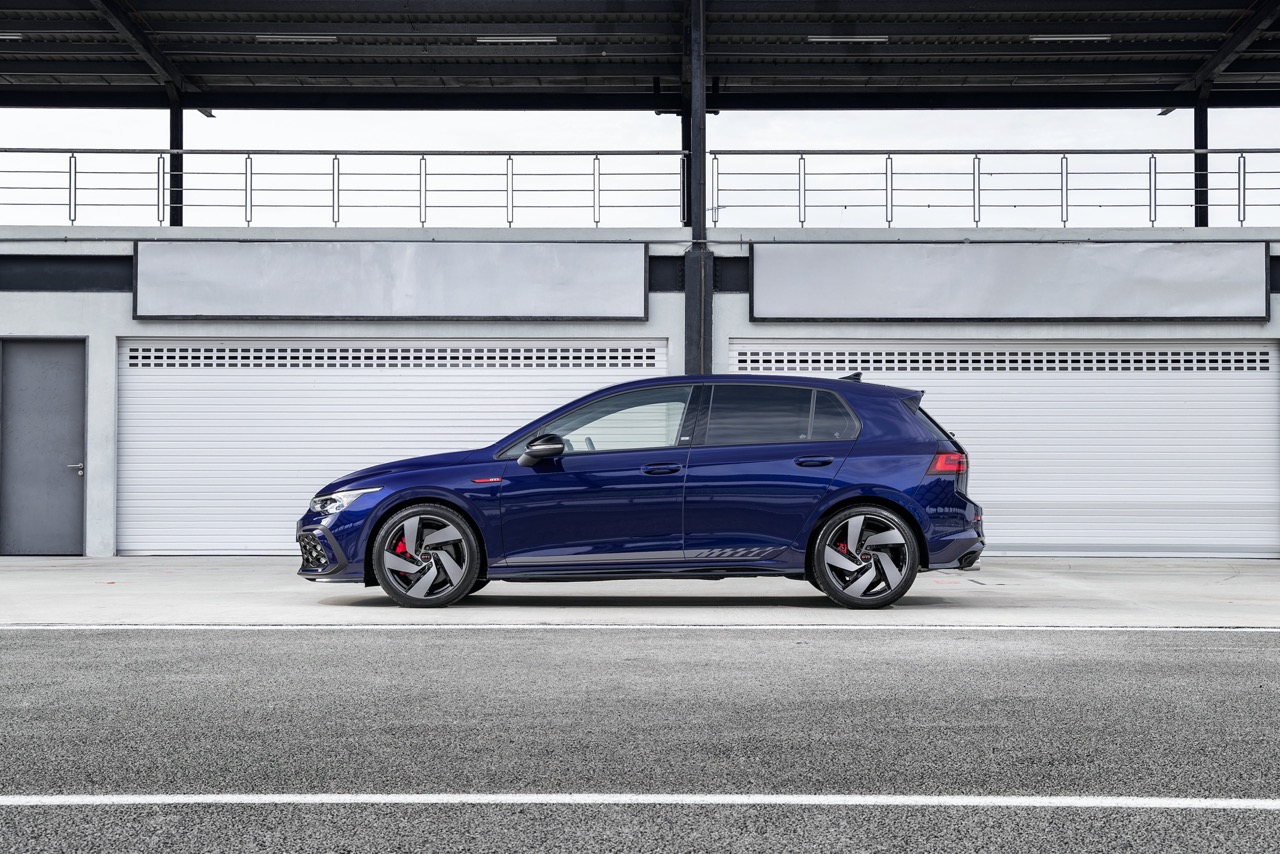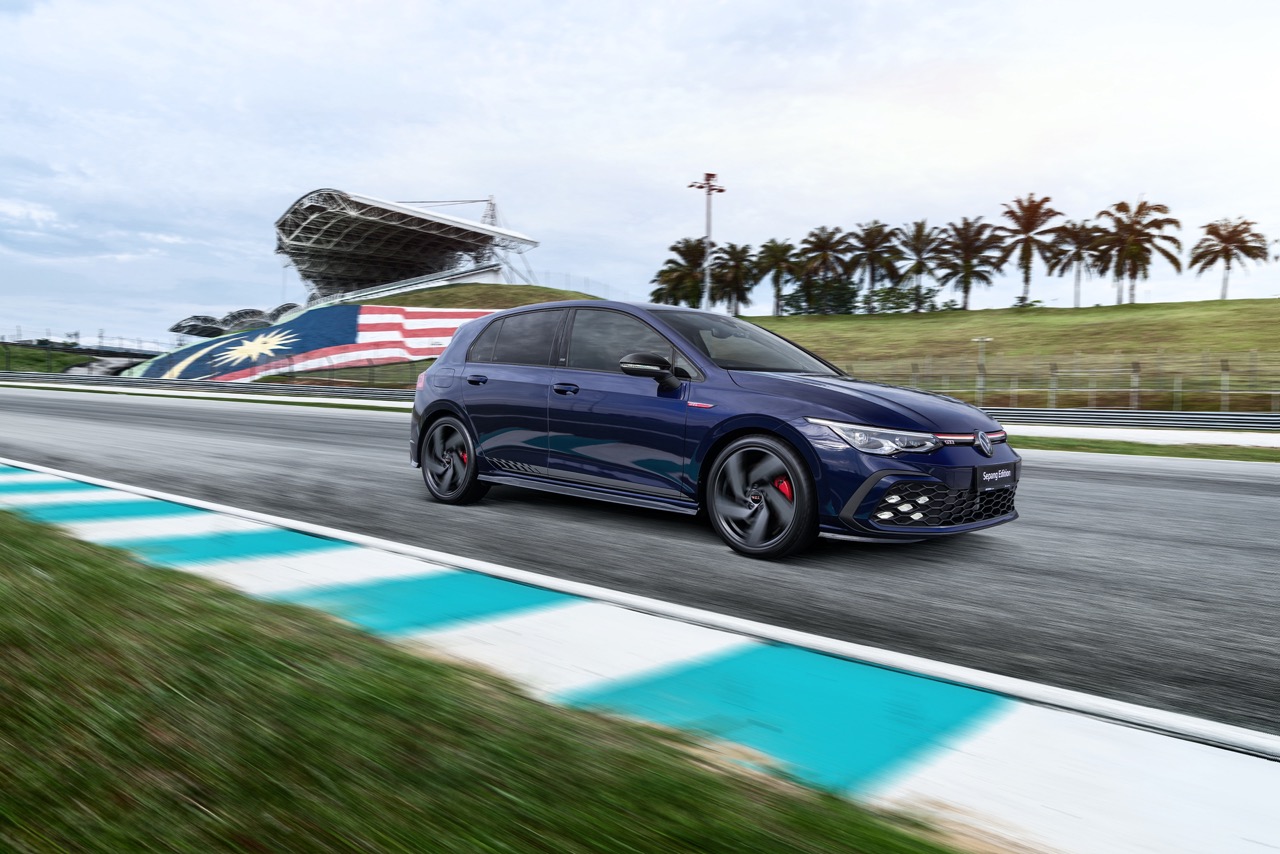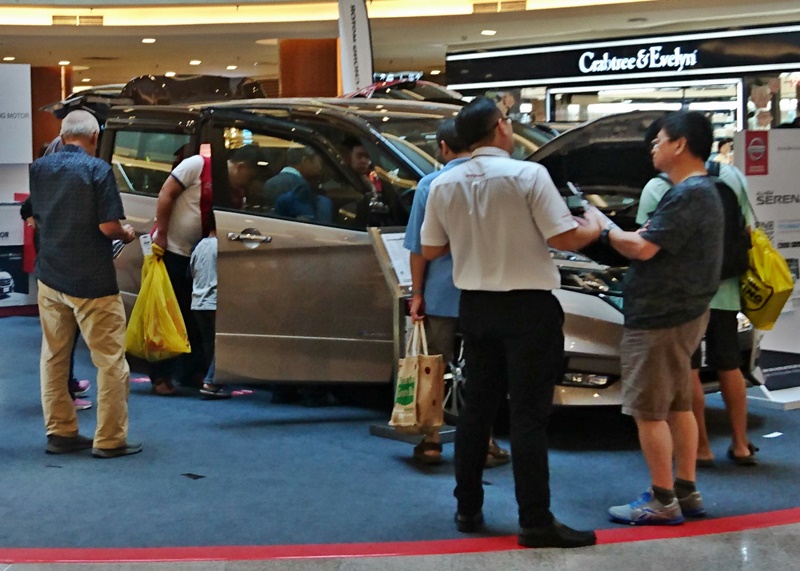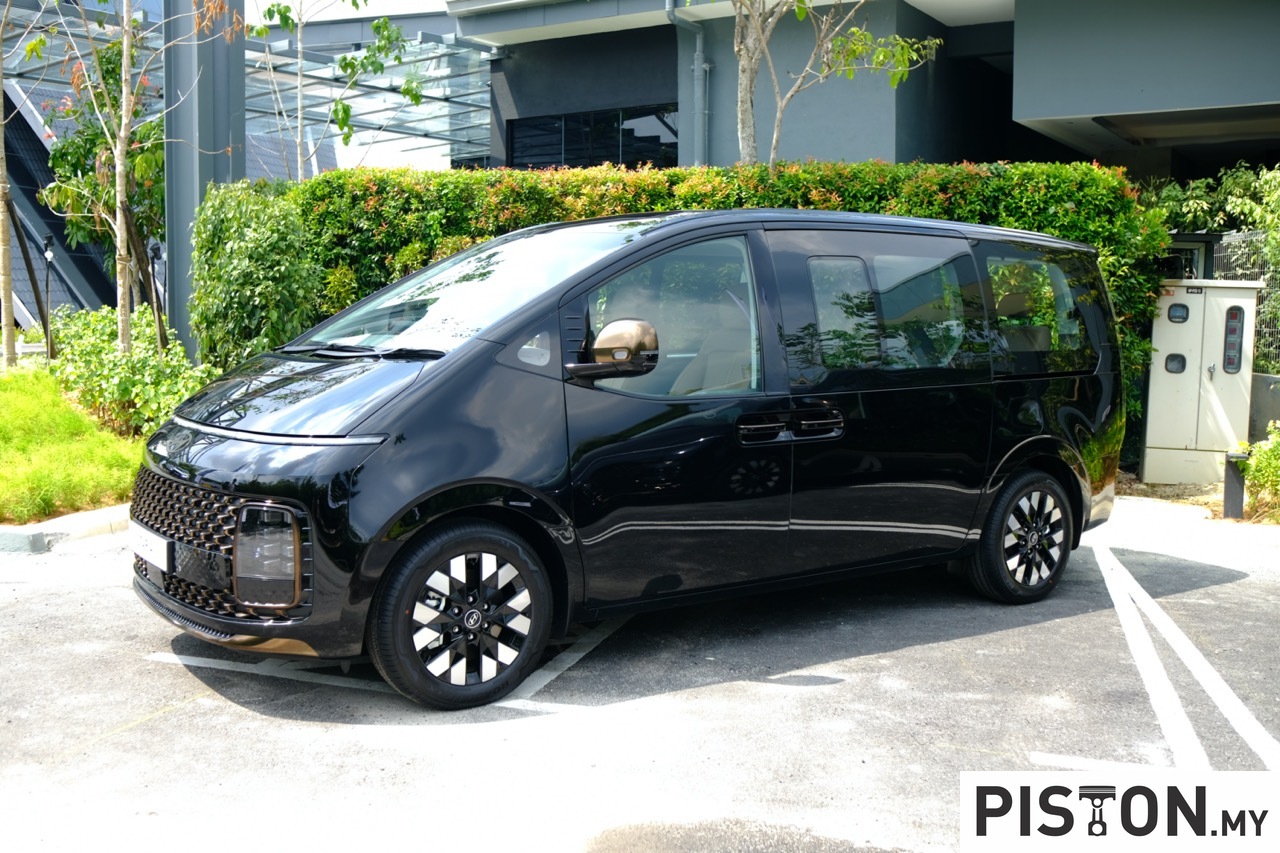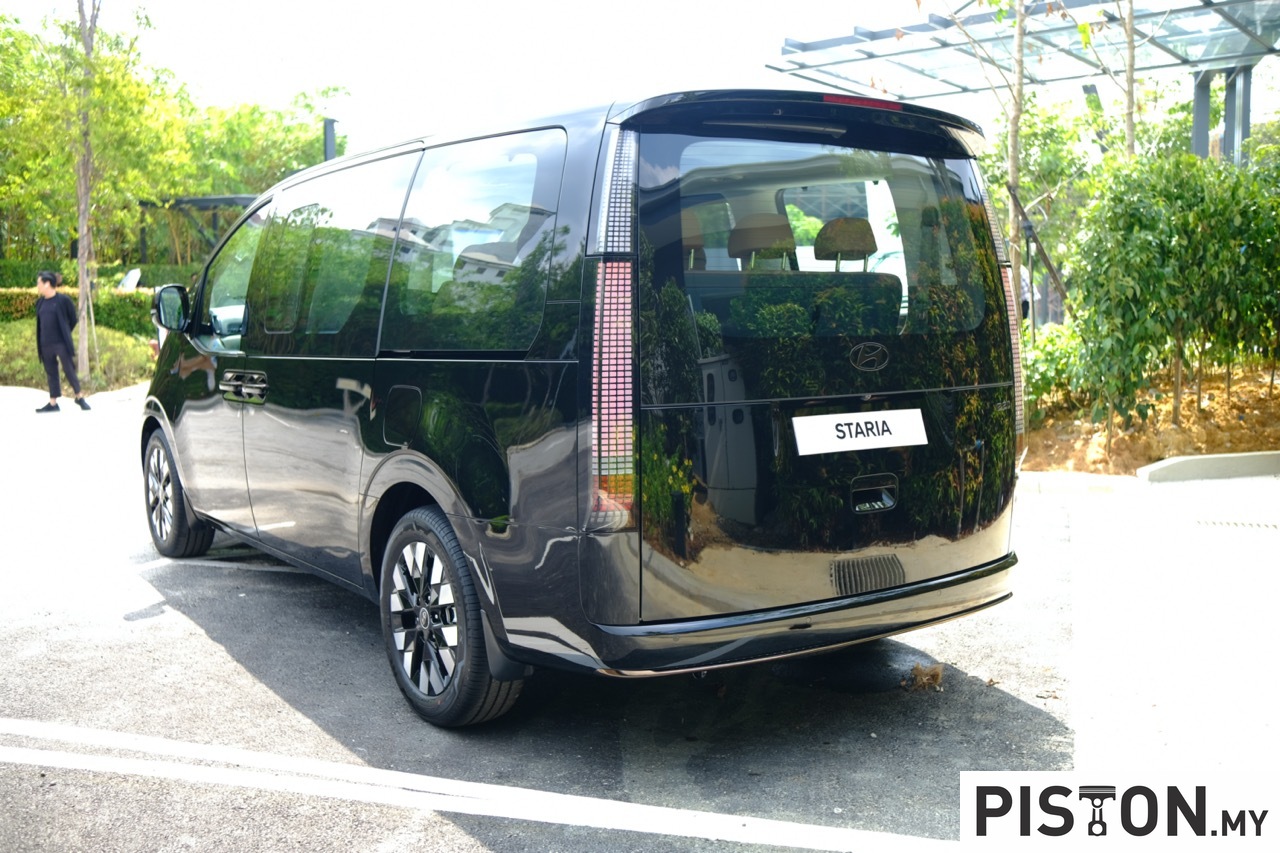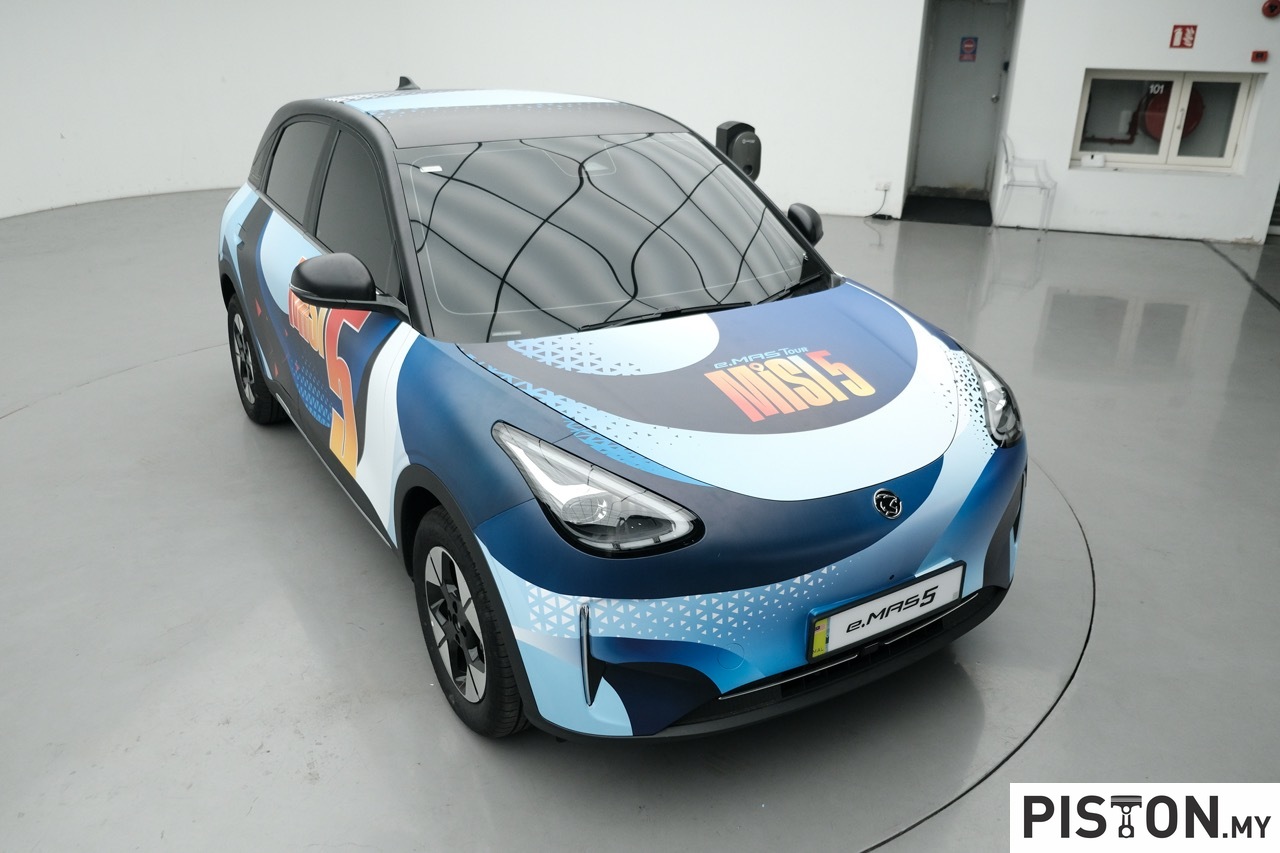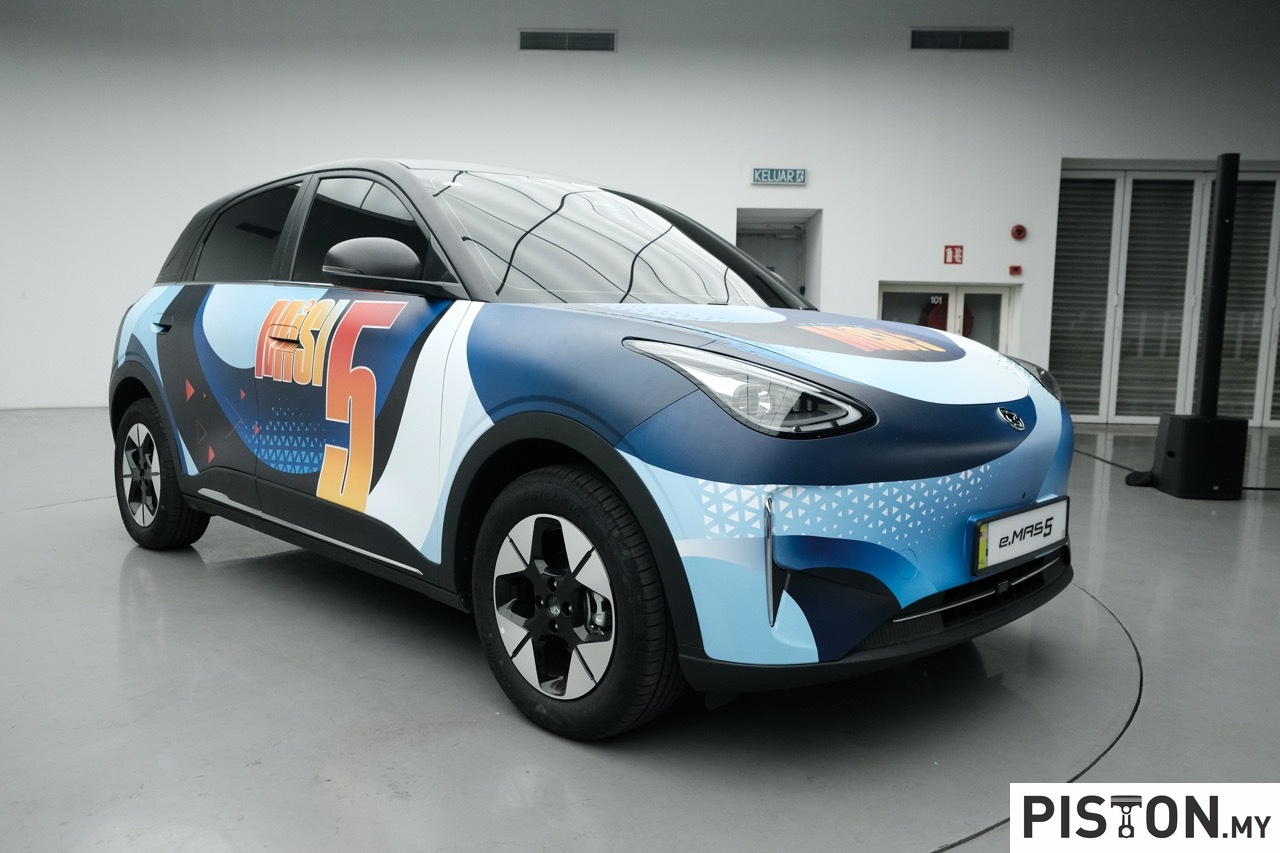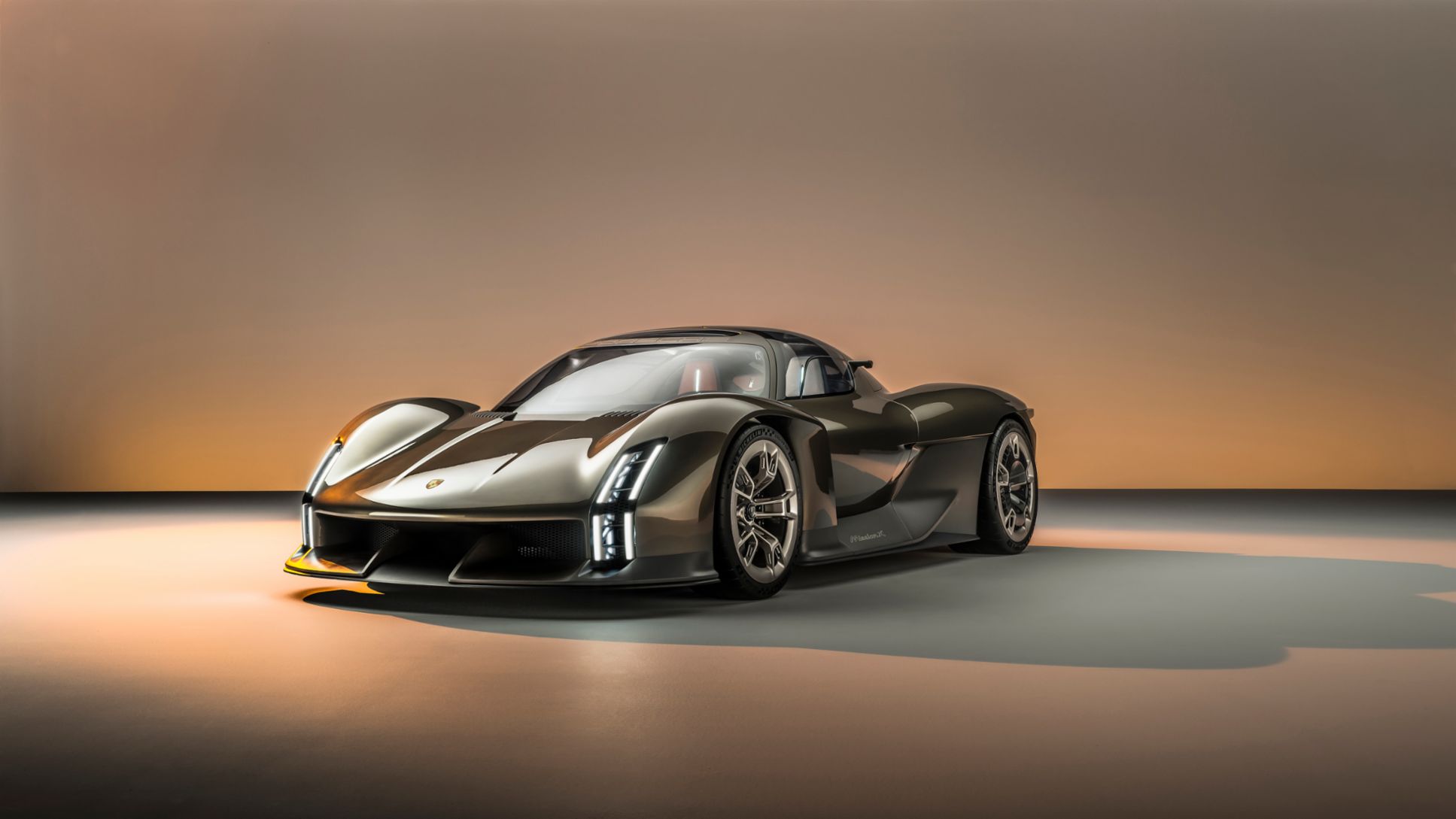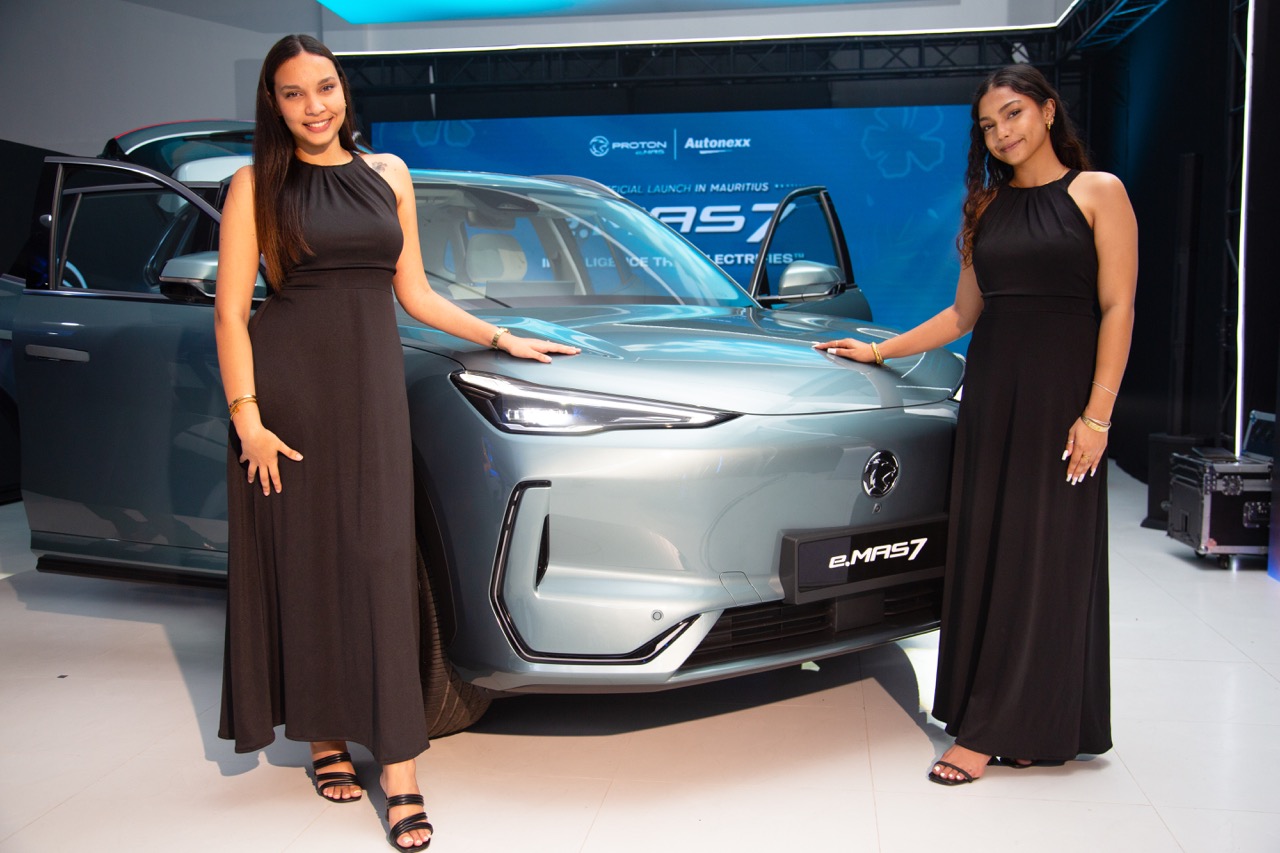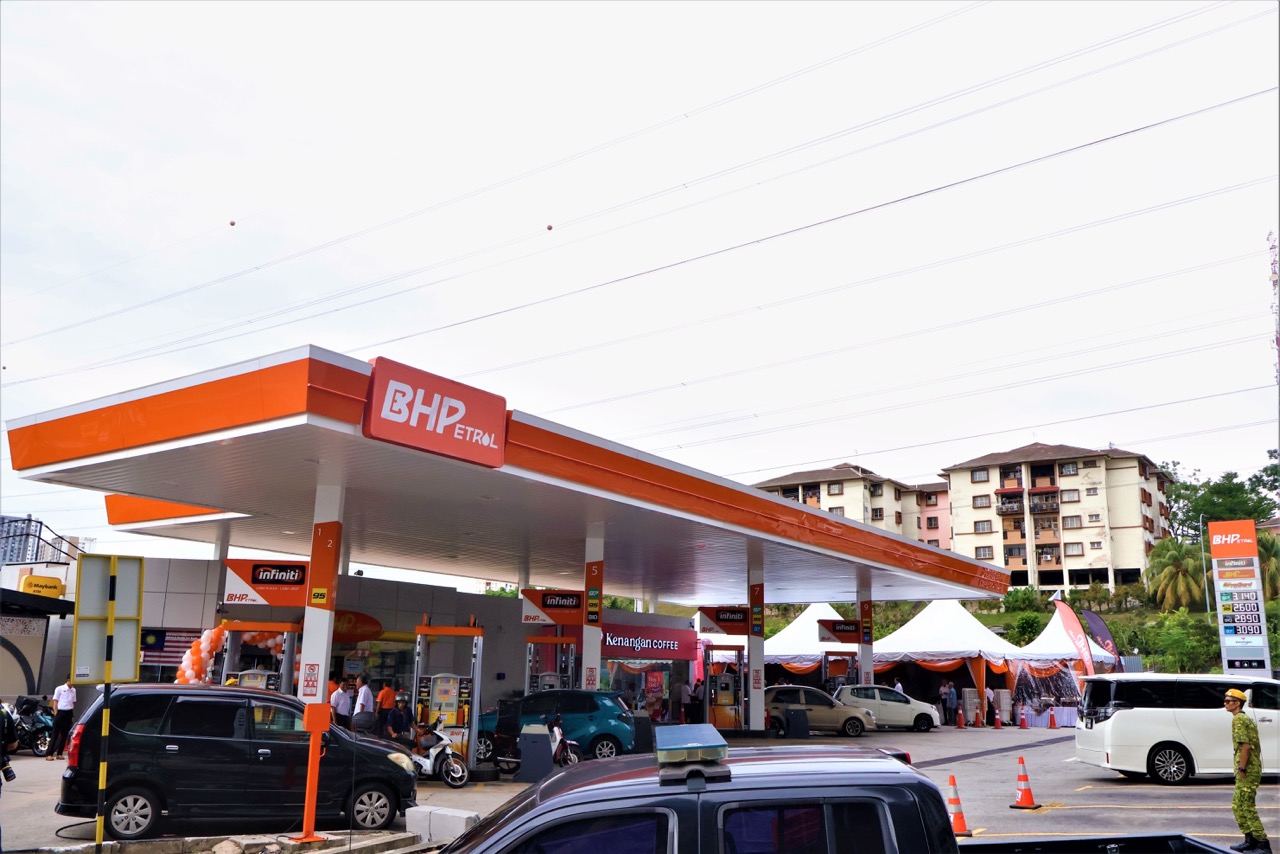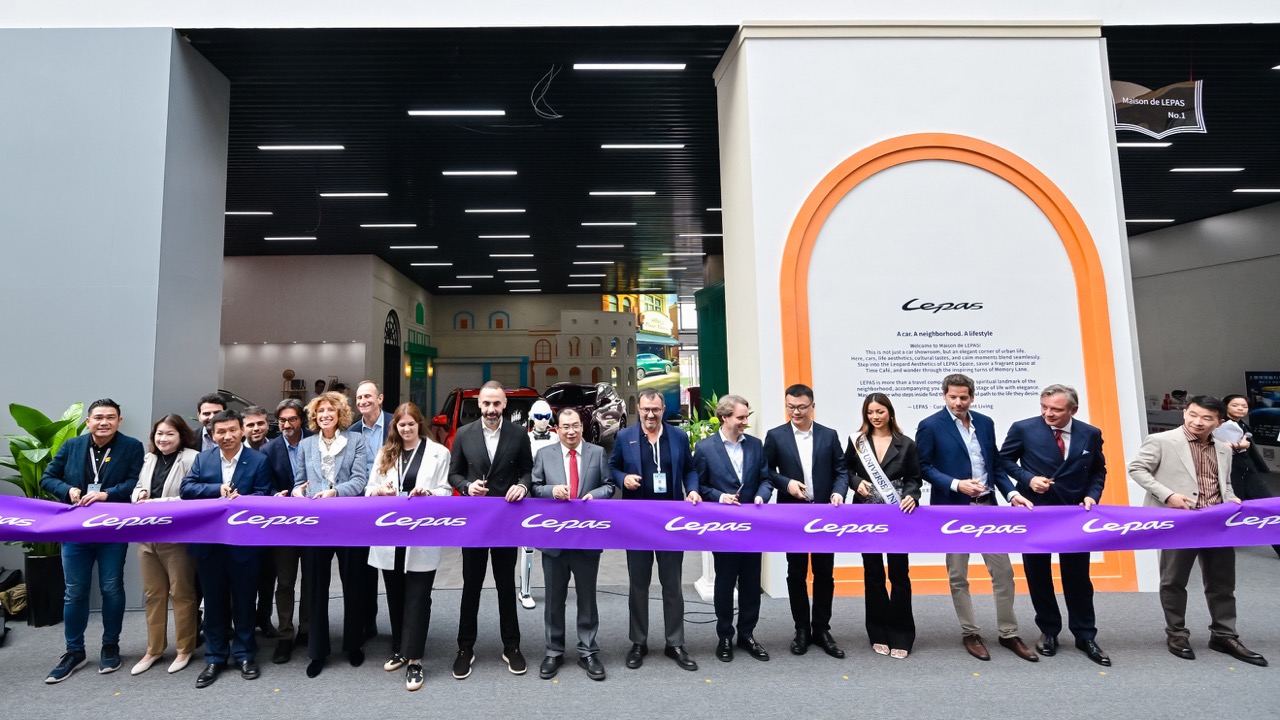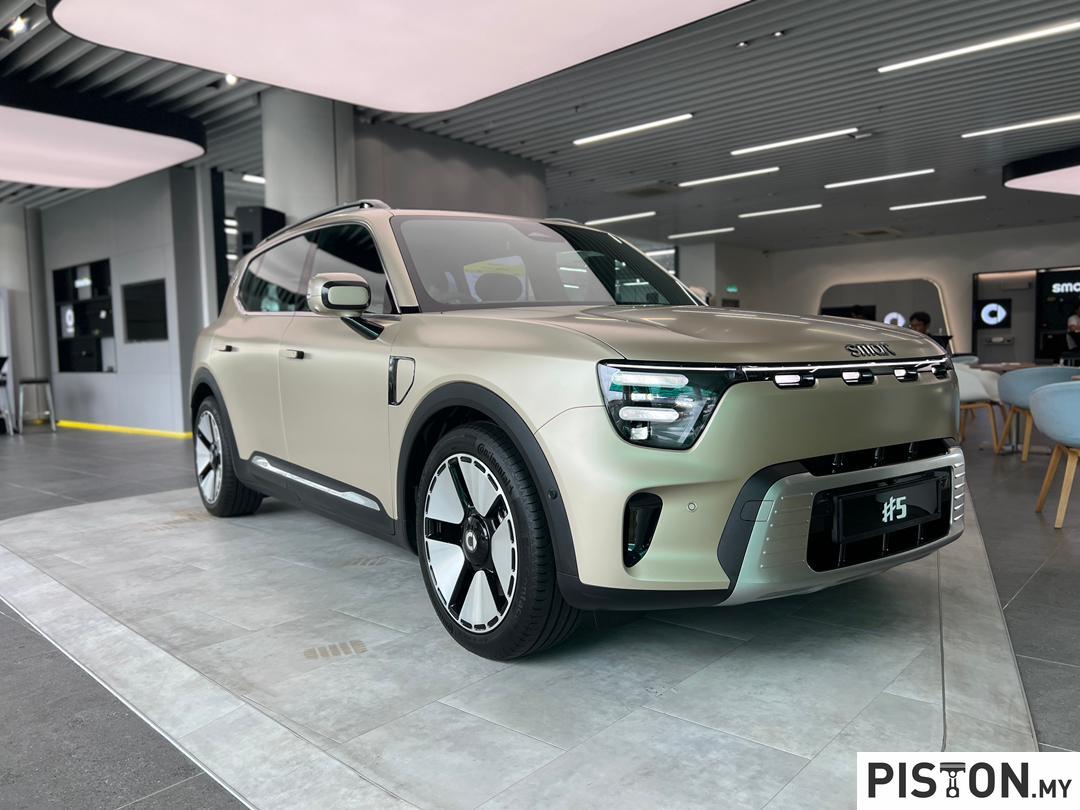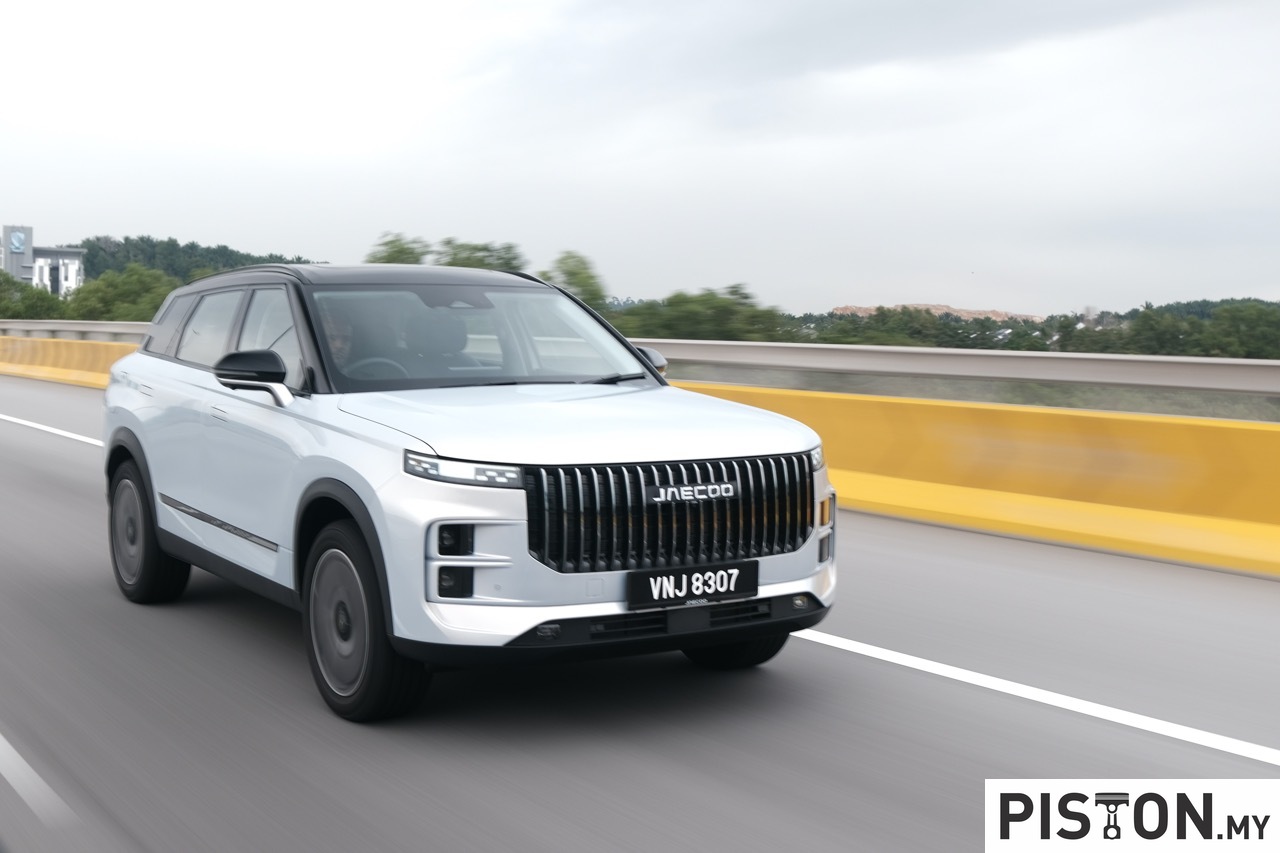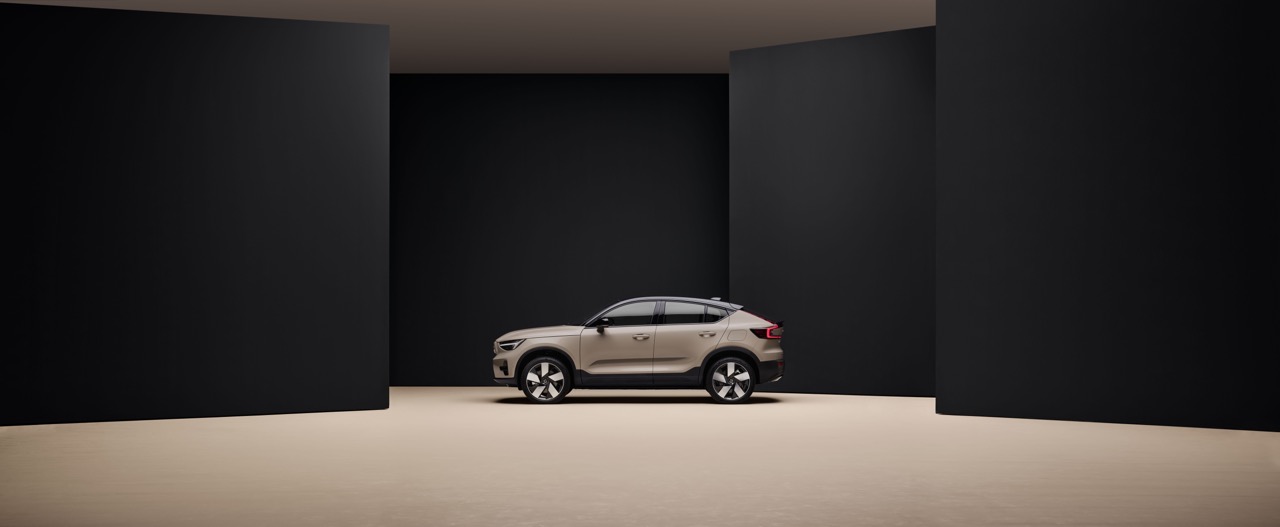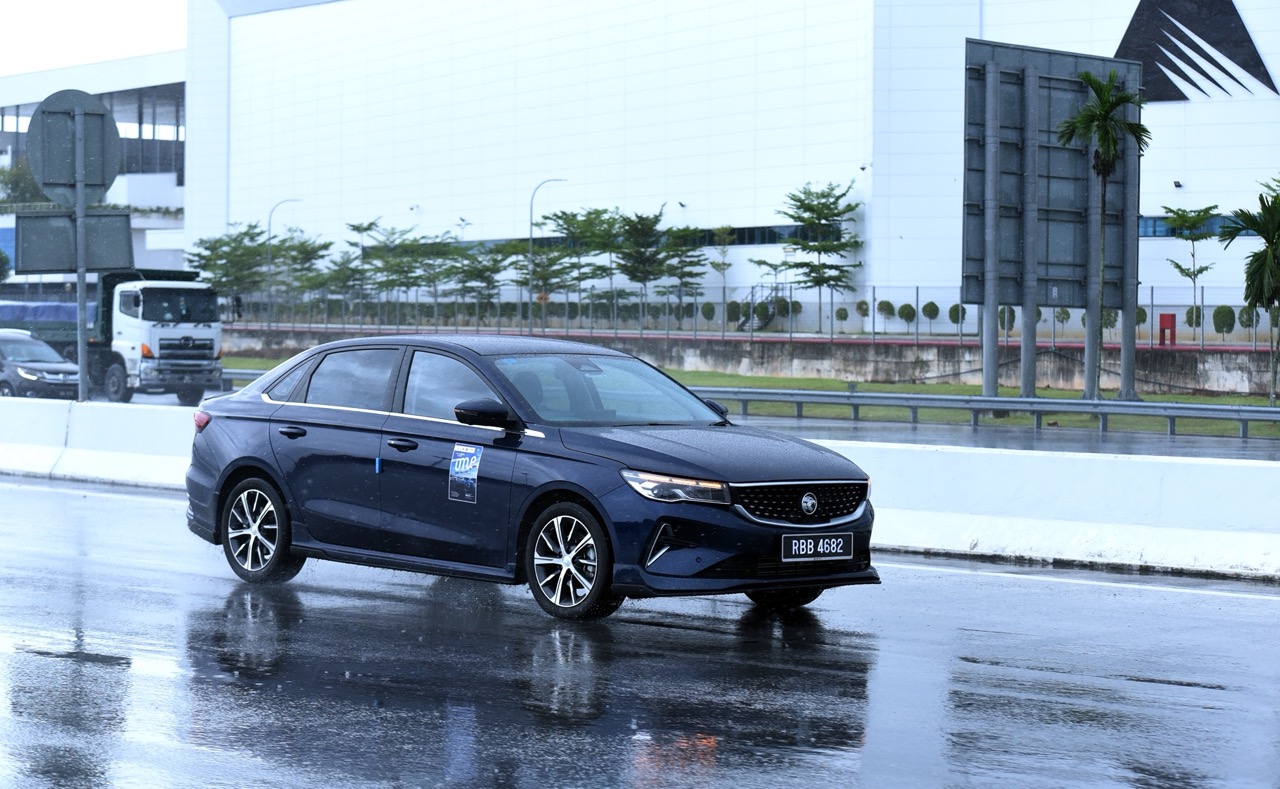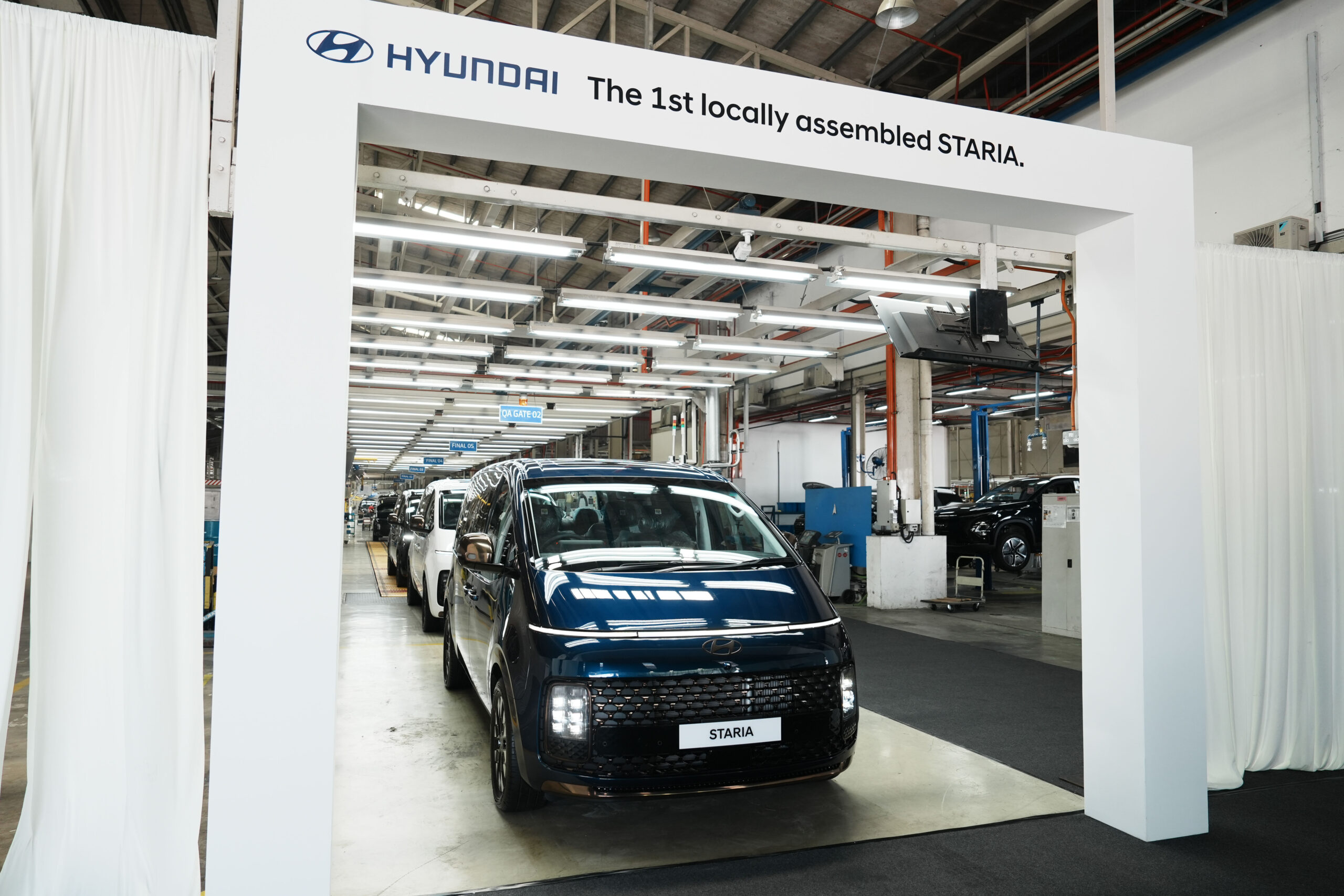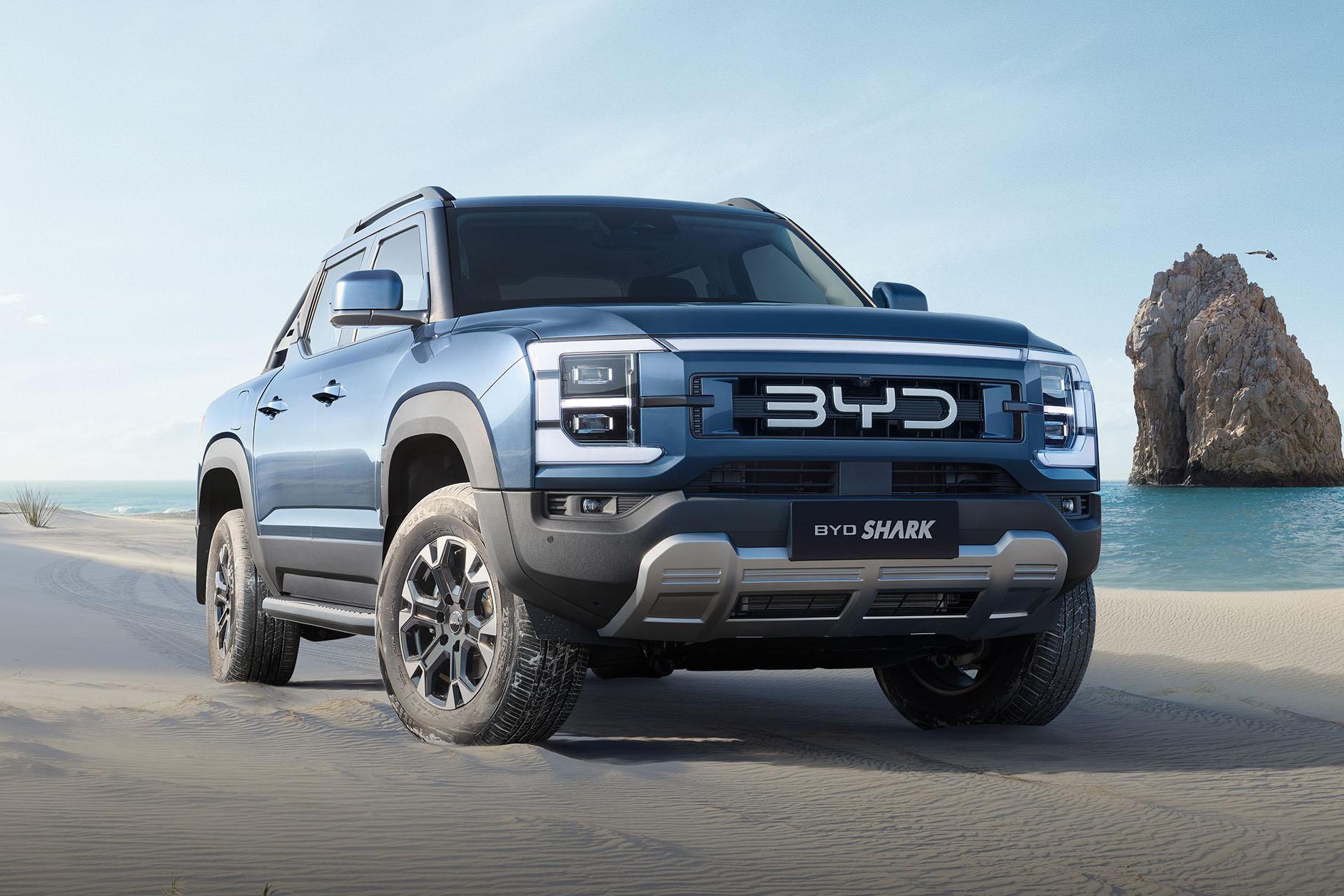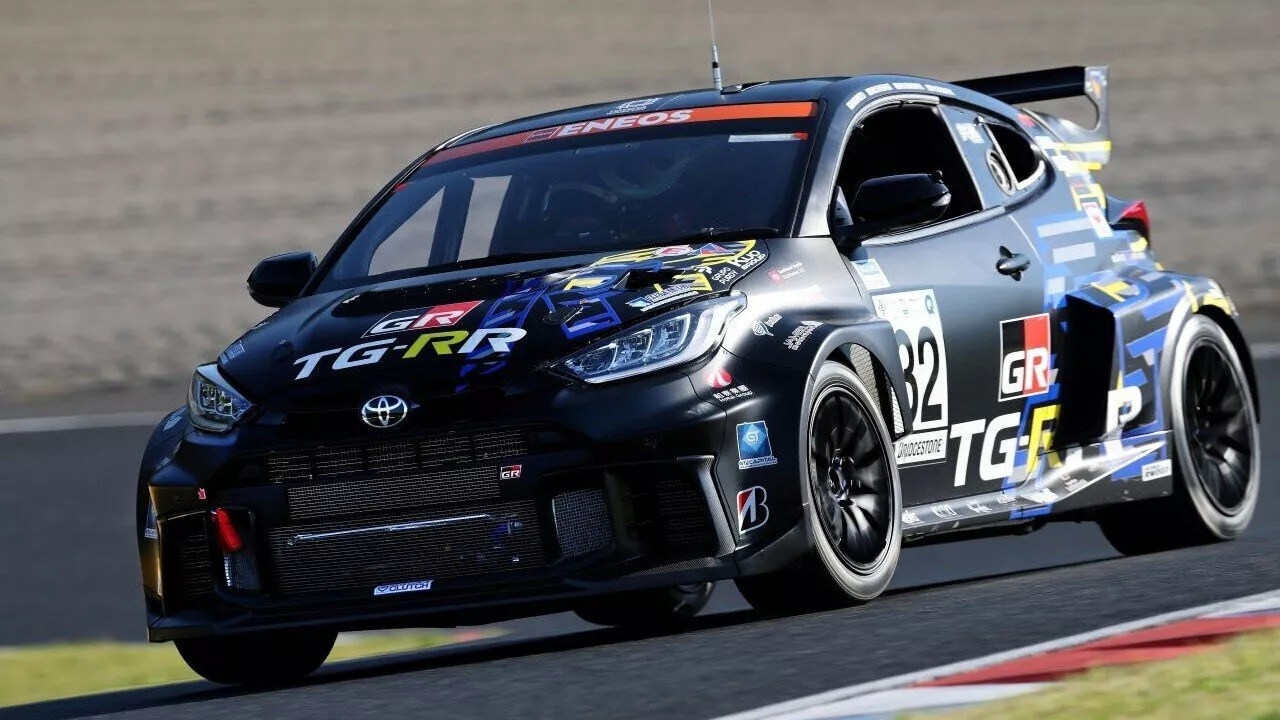Mitsubishi Motors Malaysia (MMM), the official distributor of Mitsubishi vehicles in the country, has announced that its best-selling model, the Mitsubishi XPANDER, has achieved a major milestone with over 50,000 units sold since its introduction. The model’s continued popularity has also secured its position as Malaysia’s No.1 non-national MPV for five consecutive years, maintaining a strong lead in its segment since November 2020.
The XPANDER remains a strong favourite among families for its seven-seat configuration, spacious cabin, and SUV-inspired styling. Designed with practicality in mind, it strikes a balance between everyday usability and comfort, making it equally suitable for city commuting or longer road trips.
To commemorate the sales milestone, Mitsubishi Motors Malaysia has launched the ‘XPANDER Step Up To Your Dream’ campaign, offering savings of up to RM10,000. The limited-time campaign includes monthly instalments starting from RM799, along with insurance subsidies and trade-in offers for new customers.


